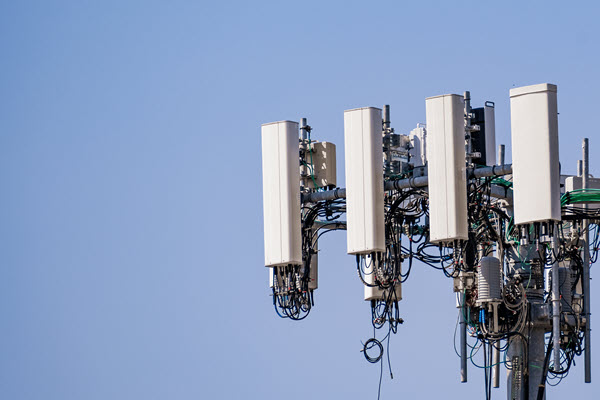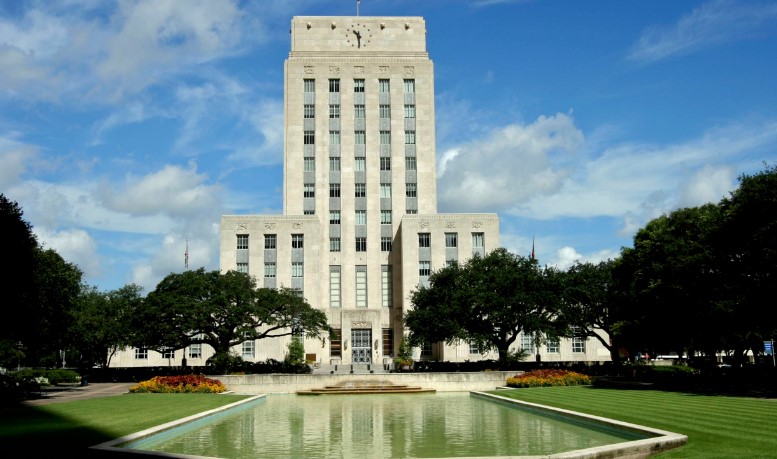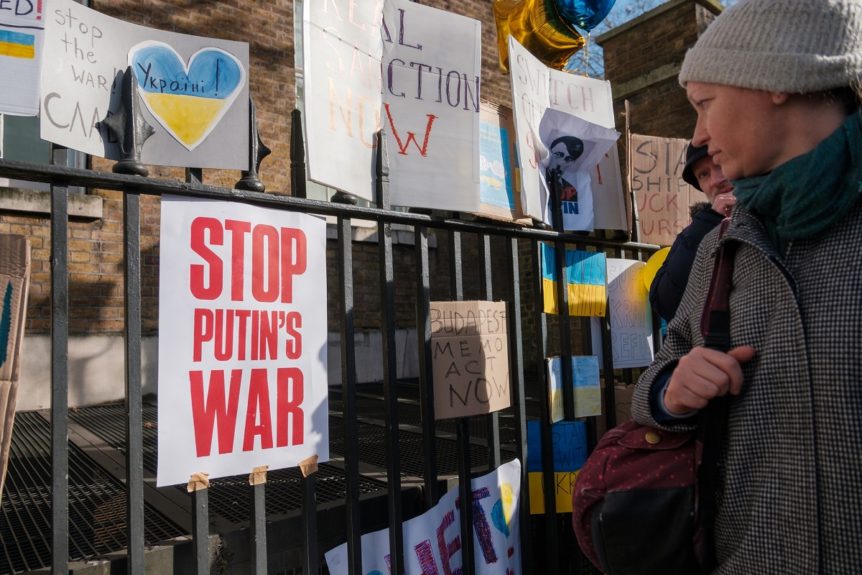Governments worldwide and multinational organizations use economic sanctions as their weapon of choice when responding to major geopolitical changes such as terrorism and war. It is usually done in response to state and non-state actors perceived as threats to their interests or those in violation of international norms.
Economic sanctions have been used as the go-to tool for the west in response to geopolitical challenges, most notable of which is Russia’s invasion of Ukraine and North Korea’s nuclear program.
The United States, in particular, has repeatedly used the strategy against its adversaries in Syria, Iran, Venezuela, and Russia. What are economic sanctions, and are they legal? This article explores everything you need to know.
What Are Economic Sanctions?
An economic sanction is defined as a country or organization withdrawing customary trade and financial relations for security and foreign policy purposes. Economic sanctions may be targeted whereby transactions with and by particular groups, individuals, or businesses are blocked, or comprehensive where all commercial activities involving an entire country are prohibited.
Since 9/11, the US has had a defined shift toward targeted economic sanctions, also referred to as “smart” sanctions. This strategy aims to minimize the negative impact that innocent civilians are subjected to by their respective governments.
There are several types of economic sanctions, including trade restrictions, foreign aid reductions, capital restraints, arms embargoes, asset freezes, travel bans, and so forth. It is worth noting that general export controls are often left out of sanctions discussions. Unlike the others listed, these sanctions are not considered punitive.
When Are Economic Sanctions Used?
National governments and international organizations such as the European Union and the United Nations often impose economic sanctions in an effort to deter, coerce, shame, or punish entities or governments that pose a threat to their interests or violate what would be deemed accepted international norms of behavior.
They are often used as a means of advancing a wide range of foreign policy objectives, some of which include counterterrorism, democracy, non-proliferation, counter-narcotics, promotion of human rights, conflict resolution, and, in some cases, cyber-security.
Sanctions lie somewhere between war and diplomacy, both of which are at opposite ends of the spectrum. They are considered a lower-risk and lower-cost course of action when intervening in or responding to foreign crises when the national interest doesn’t meet the threshold required for military action.
That said, it is not unusual for leaders to issue economic sanctions on foreign governments while evaluating more punitive measures. This strategy was employed in August 1990 when the UN Security Council imposed comprehensive economic sanctions on Iraq nearly four days after Saddam Hussein invaded Kuwait. It wasn’t until a few months later that the Security Council authorized the use of military force.
The Sanctioning Process at the UN
The Security Council is the UN’s primary crisis management institution. Among its several mandates is to respond to crises on a global scale by cutting off economic relations with state and non-state actors. For a sanction resolution to be passed, it needs to be approved by a majority vote of the 15-member council without a veto from any of the five permanent member states: the US, the UK, China, Russia, and France.
Some of the most common types of economic sanctions imposed by the UN are arms embargoes, travel bans, and asset freezes. These sanctions are binding for all member states in the UN and are typically managed by a monitoring group and special committee. Interpol, which is a global police agency, offers assistance to some sanctions committees, especially those involving the Taliban and al-Qaeda.
The United Nations does not have an independent means of enforcing these sanctions. Instead, it relies on member states, most of which do not have adequate resources or political incentive to prosecute cases involving non-compliance. Based on anecdotal evidence, the enforceability of economic sanctions imposed by the UN is often weak.
Before 1990, the Security Council had only imposed economic sanctions against two states: South Africa in 1977 and southern Rhodesia (now Zimbabwe) in 1966. Since then, the UN has imposed sanctions dozens of times targeting actors in intrastate conflict such as those seen in Yugoslavia, Liberia, and Somalia in the 1990s.
Economic sanctions are often divisive despite this apparent cooperation among UN member states. They reflect the competing interests of major world powers. For instance, China and Russia have vetoed several resolutions passed by the UN Security Council since 2011 involving the ongoing conflict in Syria. Many of these resolutions were targeted at President Bashar al-Assad’s regime.
The Sanctions Process in the US
The US uses economic sanctions more than any other country in the world. Sanctions policies stem from either the legislative or executive branches of the government. A sitting president may typically launch the sanctions process by passing an executive order (EO) that institutes a national emergency response to what would often be described as an “extraordinary and unusual” foreign threat. This was seen in EO 13661, which targets the policies and actions taken by the Russian Federation government against Ukraine, as well as EO 12938, to curb the proliferation of chemical, biological, and nuclear weapons.
Pursuant to the International Emergency Economic Powers Act, the President has special powers that allow him to regulate and restrict commerce in response to threats against the country for one year unless otherwise extended by the President or terminated by a joint resolution issued by Congress.
Alternatively, the President can issue a new executive order to modify an existing one that imposes economic sanctions.
Since President Jimmy Carter instituted the first executive order imposing economic sanctions against Iran in 1979, more than 50 “state of emergencies” have been declared, most of which are still in effect today. This was before Congress placed restrictions on their duration, limiting them to one year. For its part, Congress may pass laws that impose new sanctions or modify existing ones.
In cases where multiple legal authorities are involved, as is the case with Iran and Cuba, executive and congressional action may be required to lift or modify the restrictions. There have been cases where the two branches of government have clashed on sanctions policies.
One instance of this is when Congress passed a bill that imposed new sanctions on Russia for its role in the 2016 US Presidential Election. President Donald J. Trump reluctantly signed the new legislation, which placed restrictions on his ability to lift these sanctions.
More than 20 of the existing US sanctions against foreign governments and international organizations have been administered by the Office of Foreign Assets Control (OFAC), which falls under the Treasury Department. Other departments, including Homeland Security, Justice, State, and Commerce, also play an integral role.
For instance, the Secretary of State can designate a particular country as a state sponsor of terrorism or label a particular group a terrorist organization. Both of these designations will result in sanction implications. The State Department also handles travel bans as well.
In 2019 the US imposed comprehensive sanctions on North Korea, Cuba, Iran, Syria, and Sudan. It also instituted more than 10 other sanctions programs targeting organizations and individuals party to specific forms of criminal behavior such as drug trafficking as well as specific types of political crises. OFAC may routinely add and delete entities that feature on its blacklist.
Are Economic Sanctions Legal?
As far as the legality of economic sanctions goes, it’s important to keep in mind that these measures are used as instruments of foreign policy. In principle, an economic sanction against a country or international body aims to address grave human rights violations, promote peace negotiations, or stop the sale of weapons to parties in armed conflicts.
An economic sanction is not considered a legal instrument but rather a political tool. It does, however, need to have a legal basis, meaning its implementation has to follow the proper guidelines as provided for by law or the rules governing the instituting body.
There is very limited (if any) legal recourse that governments or international bodies can pursue against those that sanction them.
Do Economic Sanctions Work?

Legal scholars, practitioners, and other proponents of economic sanctions (particularly those that fall in the realm of targeted sanctions) state that the strategy not only works but is also a necessary tool in foreign policymakers’ arsenal. That said, to evaluate the effectiveness of an economic sanction, it’s important to consider the following:
The Dynamics Surrounding Each Historical Case
An economic sanction that works in one setting may fail in another depending on the specific factors that apply in each case. An economic sanction with a highly targeted objective is generally more likely to work compared to one fuelled by political ambitions.
It’s also important to note that while sanctions may achieve their economic objective, they may not work to spark behavior change. For instance, in 2000 and 2001, when the UN placed sanctions on Afghanistan, it had severe implications on the country but did not succeed in getting the Taliban to hand over Osama Bin Laden.
Sanctions Need to Change Over Time
A great example of how sanctions evolve is the US government regime on Iran. Apart from a brief time in the 80s, the American government has always had existing sanctions on Tehran. These restrictions date back to 1979 when US nationals were held hostage. Since then, the logic and extent of these sanctions have changed dramatically over the last several decades.
The Comparative Utility of Economic Sanctions
Case in point: the economic sanctions on Russia by the US and the EU. While these measures may not have worked to end the current crisis in Ukraine, other strategies, inaction included, may have had worse implications. In some instances, economic sanctions are simply intended as tools to express condemnation.
Responsibilities of Private Corporations During Economic Sanctions
Economic sanctions create an additional layer of regulation. Even if a private corporation isn’t the target of a sanction, the fact that it has been imposed on a third party creates additional obligations. States impose sanctions either through multilateral institutions or unilaterally on threat actors. Based on international and domestic law, private actors are legally obligated to comply with these measures.
While most private-sector corporations understand the importance of economic sanctions with regard to US foreign policy, many firms, particularly those that operate internationally, are unaware of how their multinational activities may leave them vulnerable to sanctions risk.
OFAC has recently taken measures that target a wide range of private companies for committing sanction violations, whether or not they were aware of their existence in the first place.
The days when economic sanctions were the primary concern of large multinational corporations and international banks are long gone.
Today, all businesses, regardless of size and industry, need to familiarize themselves with this new and somewhat complicated risk environment in which they operate. They need to create and implement policies and procedures that minimize their risk exposure while allowing them to meet their legal obligations.
OFAC has undertaken various enforcement activities to bring to light the risks posed to industries that fall beyond the scope of financial services. The US government actively targets shipping and logistics companies that operate internationally for sanctions enforcement.
Out of the 25 actions taken against American corporations between 2019 and 2020, only four of those involved were financial institutions. The rest of the firms fell into the travel, manufacturing, aerospace engineering, construction, and technology sectors.
The Bottom Line
Economic sanctions are a double-edged sword. On the one hand, they can help the US achieve its short-term policy objectives. On the other hand, it could also expose the nation’s financial leverage to risk in the long term.
Some of the best practices policymakers need to adopt when developing sanctions policies include:
- Developing a well-rounded approach: It involves linking punitive measures such as the threat of military action and sanctions with positive enticement such as the prospect of receiving financial aid.
- Setting attainable objectives: Sanctions that don’t give the target government any room for recourse, or those whose main goal is regime change, are not likely to have the effect the sanctioning government desires.
- Building multilateral support: Sanctions that have several governments on board are generally more effective than those imposed by a singular actor, particularly in instances where the target country is economically empowered.
- Ensuring that the sanctions are credible and flexible: Finally, for an economic sanction to achieve its desired objective, the sanctioned target needs to believe that the situation at hand will improve or get worse depending on whether or not it changes its behavior.
Need legal advice? Chat with a laws101 attorney online right now.


















